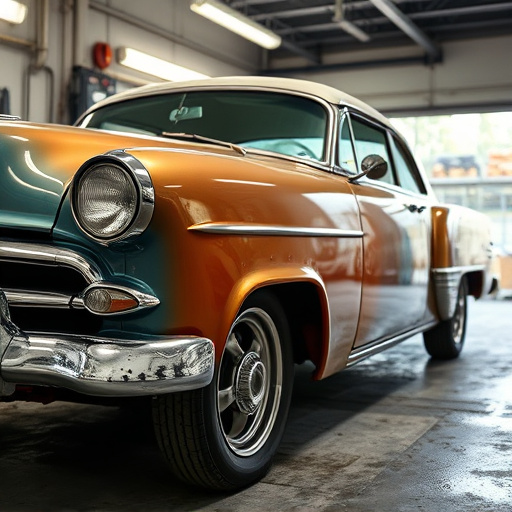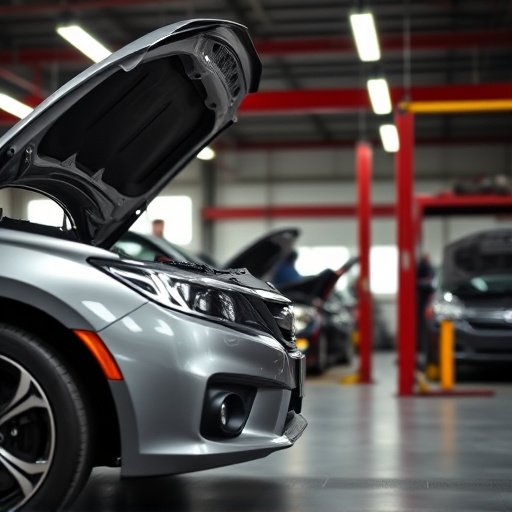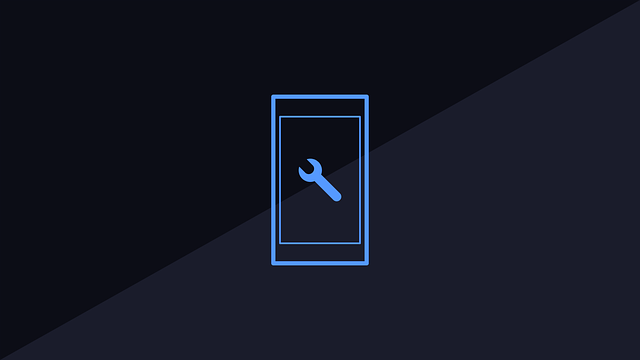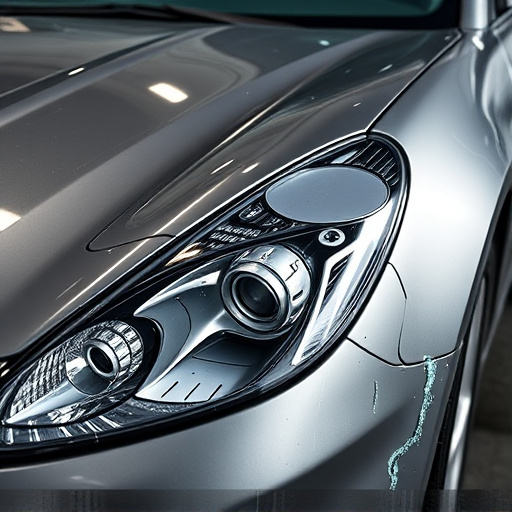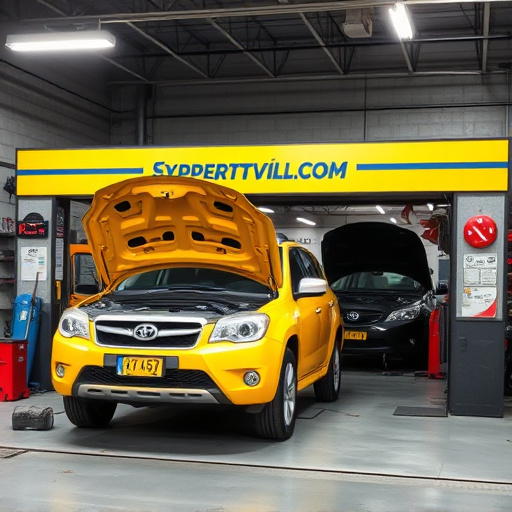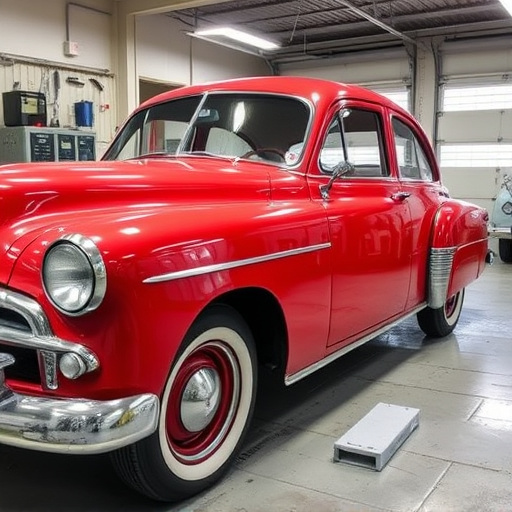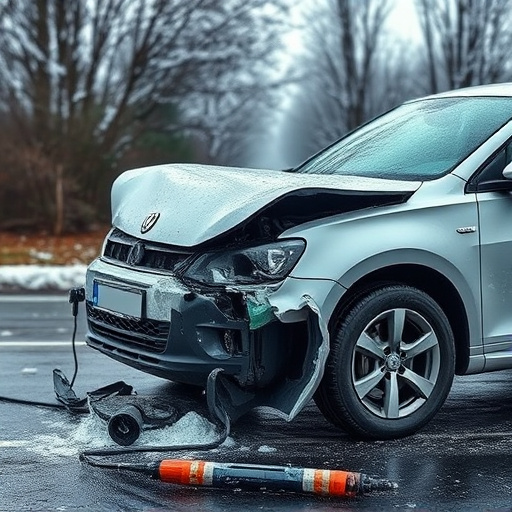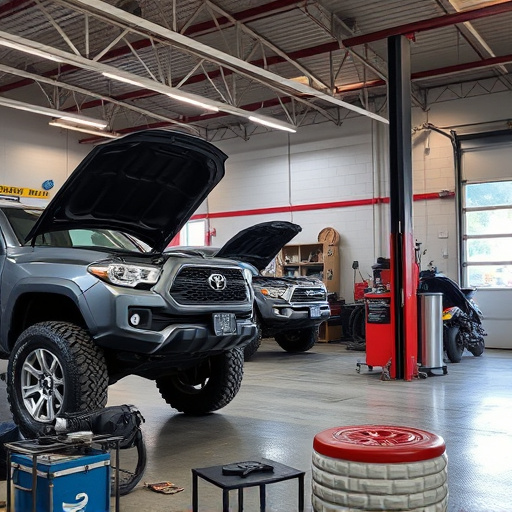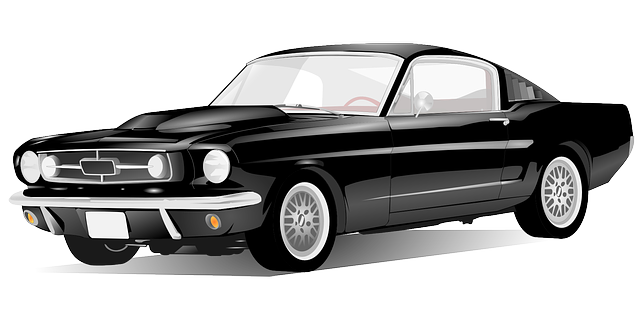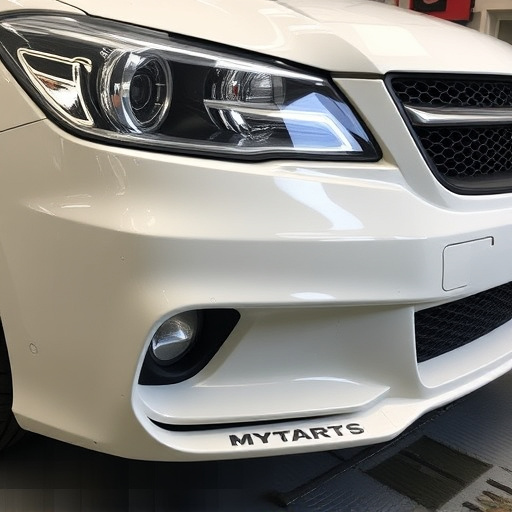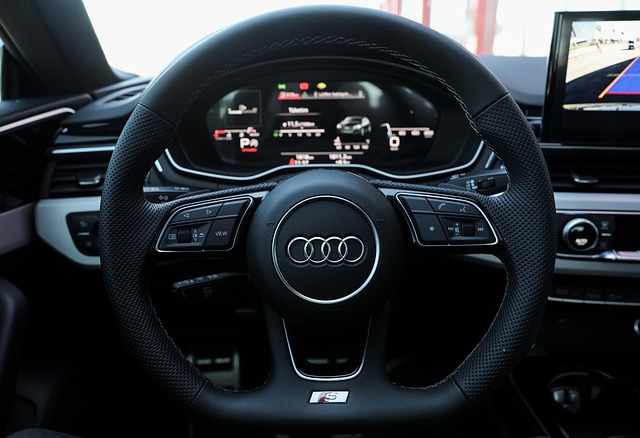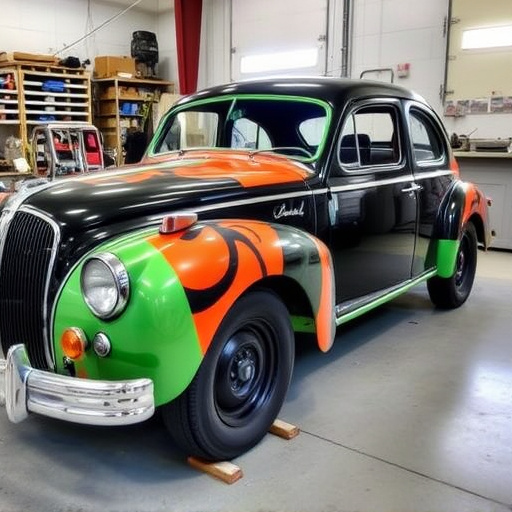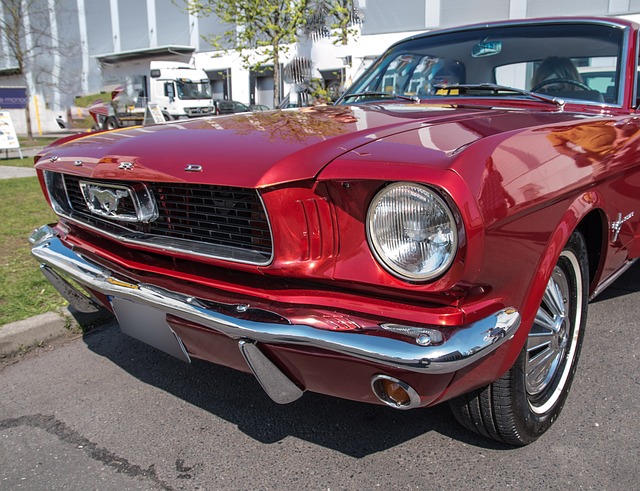Understanding SUV crash repair basics requires recognizing the unique challenges posed by these larger, complex vehicles. Safety is paramount, necessitating specialized equipment and materials. This guide outlines essential steps for successful restoration, starting with a damage assessment, safety precautions, removal of damaged parts, repair/replacement, cosmetic restoration, and mechanical systems check. Choosing the right specialist is crucial; seek recommendations from trusted car forums or local auto communities, ensuring certifications, specialized training, and experience with your specific SUV model.
Starting your journey in SUV crash repair? This comprehensive guide is designed for complete beginners, offering essential insights into repairing SUVs safely and effectively. From understanding basic principles and must-have tools to exploring common damage restoration techniques, this article equips you with knowledge. Learn the art of selecting a reliable specialist, ensuring top-notch repairs. Discover the steps, safety precautions, and expert tips for tackling SUV crash repair with confidence.
- Understanding SUV Crash Repair Basics: Essential Tools and Safety Precautions
- Step-by-Step Guide to Common SUV Damage Restoration Techniques
- Finding a Reliable SUV Crash Repair Specialist: Tips for Effective Selection
Understanding SUV Crash Repair Basics: Essential Tools and Safety Precautions
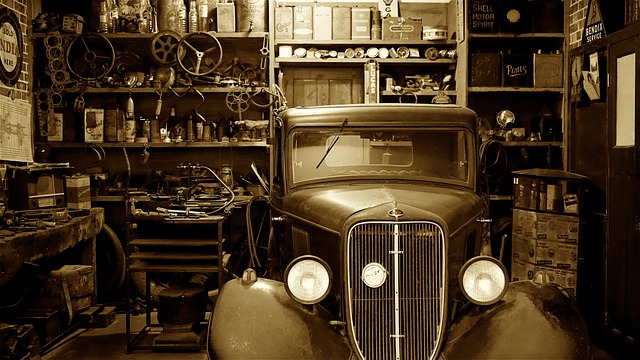
Understanding SUV Crash Repair Basics involves familiarizing yourself with the unique features and challenges of repairing these robust vehicles. SUVs, with their larger size and complex construction, require specialized knowledge and tools to ensure safe and effective repairs. Before beginning any SUV crash repair, it’s crucial to prioritize safety by donning appropriate personal protective equipment (PPE), such as gloves, goggles, and a respirator mask, to minimize exposure to harmful substances.
Essential tools for SUV crash repair include specialized jacks, stand, and a variety of torches and welding equipment to handle the vehicle’s heavy steel framework. Additionally, access to high-quality auto body putty, primers, paints, and clear coats specific to SUVs is paramount. Many collision centers offer comprehensive vehicle repair services tailored to SUVs, ensuring that repairs are executed accurately and efficiently while maintaining the integrity of the vehicle’s original design and safety features.
Step-by-Step Guide to Common SUV Damage Restoration Techniques
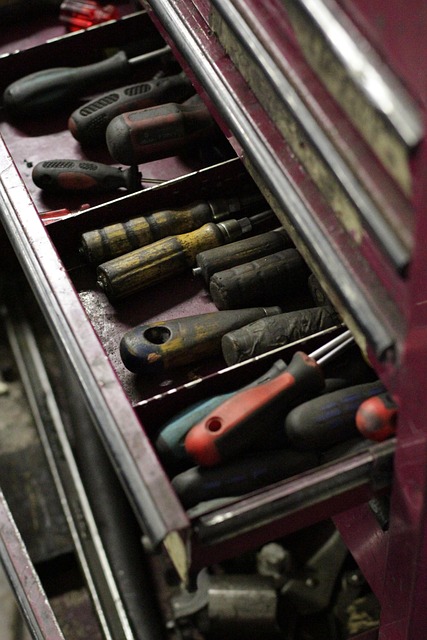
When it comes to SUV crash repair, understanding common restoration techniques is essential for any beginner. Here’s a step-by-step guide to help you navigate this process:
1. Assess the Damage: The first step in SUV crash repair involves thoroughly inspecting the vehicle for damage. This includes examining the body panels, fenders, doors, and bumper for dents, cracks, or breaks. Also, check for any leaks from fluids like oil, coolant, or brake fluid.
2. Prepare the Area: Before starting any repairs, ensure the safety of yourself and others by clearing the work area of debris and securing loose parts. Protect the surrounding surface with drop cloths to prevent staining or scratching. Put on personal protective equipment (PPE), including gloves, goggles, and a respirator mask, to safeguard against hazardous materials.
3. Remove Damaged Parts: Depending on the extent of damage, you might need to remove certain components like fenders, doors, or bumpers. Use specialized tools for this process, following manufacturer guidelines to avoid damaging other parts.
4. Repair or Replace: For minor dents and dings, a simple dent repair kit can be used to push out the depressed metal. For more severe damage, such as cracked or broken body panels, replacement parts are often necessary. Ensure you have the correct size and fit before installing new parts.
5. Auto Detailing and Finishes: Once structural repairs are complete, focus on cosmetic restoration. This involves auto detailing to restore the vehicle’s finish. Sanding and priming any repaired areas ensures a smooth base for painting, which should match the original factory finish as closely as possible.
6. Auto Maintenance Check: After SUV crash repair, conduct a thorough inspection of all mechanical systems. Check the alignment, brakes, suspension, tires, and fluids to ensure everything is functioning optimally. This step guarantees that your vehicle is safe to drive on the road after the repair.
Finding a Reliable SUV Crash Repair Specialist: Tips for Effective Selection
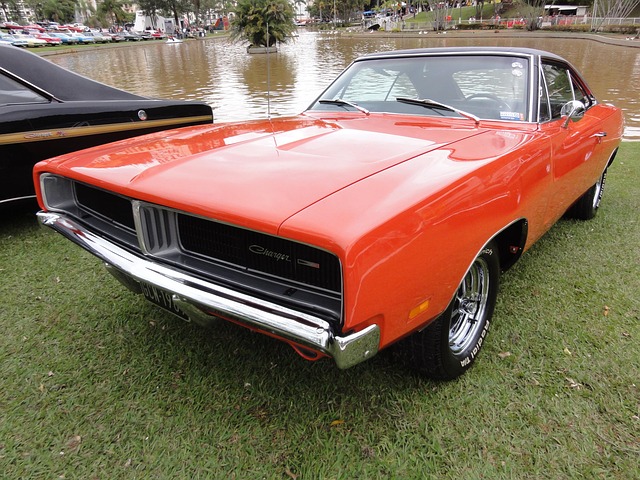
When it comes to choosing a specialist for SUV crash repair, selecting the right expert is paramount. Start by seeking recommendations from trusted sources like car forums or local auto communities. Word-of-mouth advice can be invaluable, as it ensures you’re guided towards professionals with proven track records and satisfied customers.
Next, check for certifications and specialized training in SUV crash repair. Reputable technicians should possess current industry certifications, demonstrating their proficiency in handling various types of vehicle damage, including fender repairs, dent removals, and even complex vehicle restoration processes. Ensure the specialist has experience working with your specific SUV model, as understanding unique body panels and structural components is crucial for a successful repair.
For those new to SUV crash repair, navigating this process can seem daunting. However, with the right knowledge and specialists by your side, you can effectively restore your SUV to its pre-accident condition. Remember, safety is paramount, so always prioritize using proper tools and following safety precautions. By understanding the basics and selecting a reliable specialist, you’re well-equipped to handle common damage restoration techniques, ensuring a smoother journey towards getting back on the road in no time.
